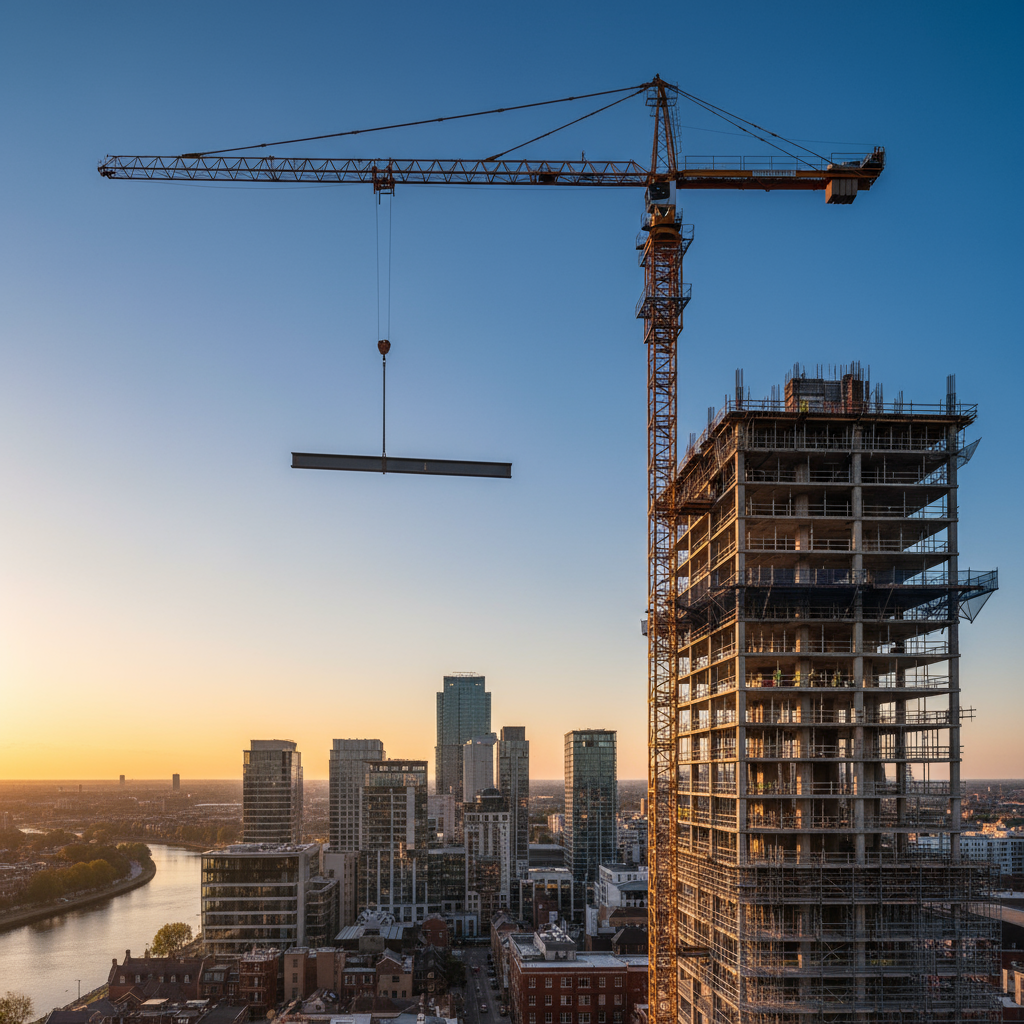Building Tomorrow: Key Construction Trends Shaping Our Future

The construction industry, a cornerstone of global infrastructure and economic growth, is currently navigating a period of unprecedented transformation. From technological leaps to urgent environmental considerations, understanding the most relevant topics is crucial for anyone involved in or impacted by this dynamic sector. This article delves into the paramount trends defining modern construction.
Sustainable Construction and Green Building
Sustainability has transitioned from a niche concern to a central pillar of construction strategy. With increasing global awareness of climate change and resource depletion, green building practices are no longer optional but imperative. This involves utilizing eco-friendly materials, optimizing energy efficiency in design and operation, minimizing waste generation, and incorporating renewable energy sources. The drive for net-zero carbon buildings and circular economy principles, where materials are reused and recycled, is reshaping material procurement, design aesthetics, and construction methodologies. Certification systems like LEED and BREEAM are becoming benchmarks, pushing developers and contractors towards environmentally responsible projects that offer long-term operational savings and improved occupant well-being.
Digital Transformation and Automation
The embrace of digital technologies is revolutionizing every facet of construction. Building Information Modeling (BIM) platforms are now standard, providing a collaborative digital representation of a project’s physical and functional characteristics, enhancing coordination and reducing errors. Beyond BIM, the Internet of Things (IoT) is enabling real-time monitoring of equipment, site conditions, and material usage, boosting efficiency and safety. Robotics and automation are emerging on construction sites, automating repetitive tasks like bricklaying, welding, and even concrete pouring, addressing labor shortages and improving precision. Drones are extensively used for site surveying, progress monitoring, and inspections, offering significant time and cost savings. Artificial intelligence (AI) is also being leveraged for predictive analytics, risk management, and optimizing design processes.
Supply Chain Resilience and Material Innovation
The COVID-19 pandemic starkly exposed the vulnerabilities within global supply chains, leading to widespread material shortages and price volatility. Consequently, there’s a heightened focus on building more resilient supply networks, prioritizing local sourcing where feasible, and diversifying suppliers. Concurrently, material innovation is booming. Researchers and manufacturers are developing advanced materials that are stronger, lighter, more durable, and more sustainable. This includes self-healing concrete, advanced composites, smart materials with embedded sensors, and bio-based alternatives. These innovations are not only addressing resource scarcity but also enabling more adventurous and efficient designs, extending the lifespan of structures, and reducing their environmental footprint.
2025-10-27
